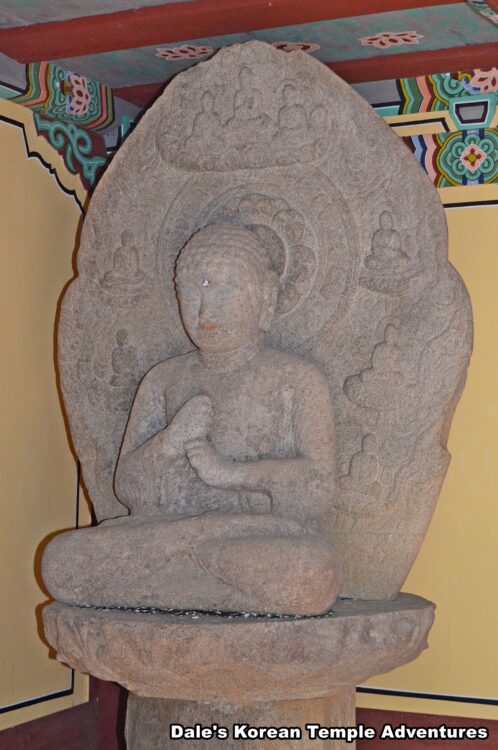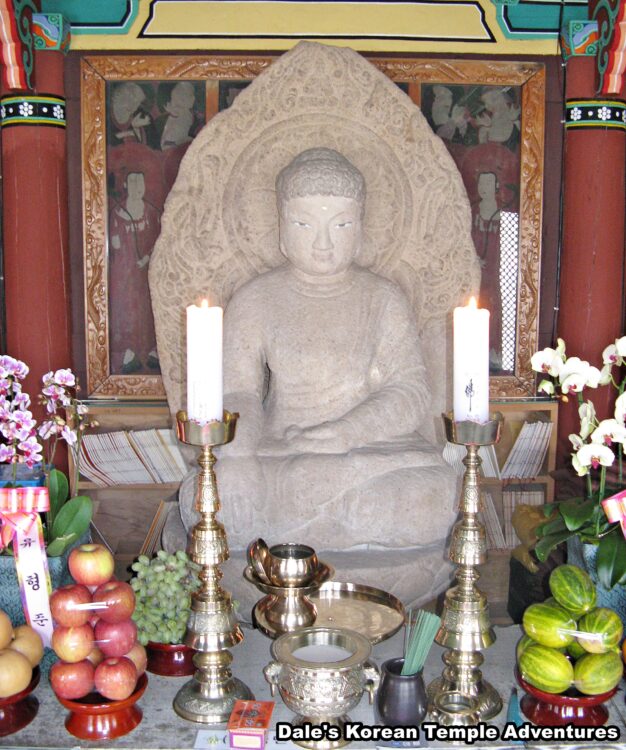Gwangbae and Geosingwang – The Nimbus and Mandorla: 광배 & 거신광
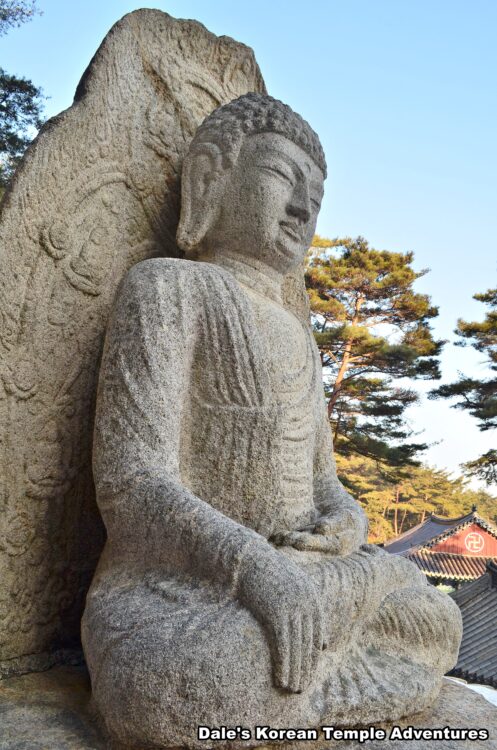
Introduction
It’s common to see either the body or head (or both) of a Buddha or Bodhisattva at a Korean Buddhist temple have a circular nimbus or boat-like shaped mandorla surrounding it. Both shapes are loaded with symbolic meaning. So why do they appear in Buddhist artwork like in statues or paintings? And what do they mean?
Gwangbae and Geosingwang Design
In Korean, the round nimbus around the head of a Buddha or Bodhisattva is known as a “Gwangbae – 광배.” And the boat-like shaped mandorla around the head and body of a Buddha or Bodhisattva is called a “Geosingwang – 거신광” in Korean. In India, the nimbus is traditionally placed exclusively around the head of the Buddha or Bodhisattva; however, in Korea, the nimbus can either appear around the head and/or the body of the Buddha or Bodhisattva. In all cases, the nimbus (gwangbae) and mandorla (geosingwang) is meant to symbolize the light of wisdom and truth.
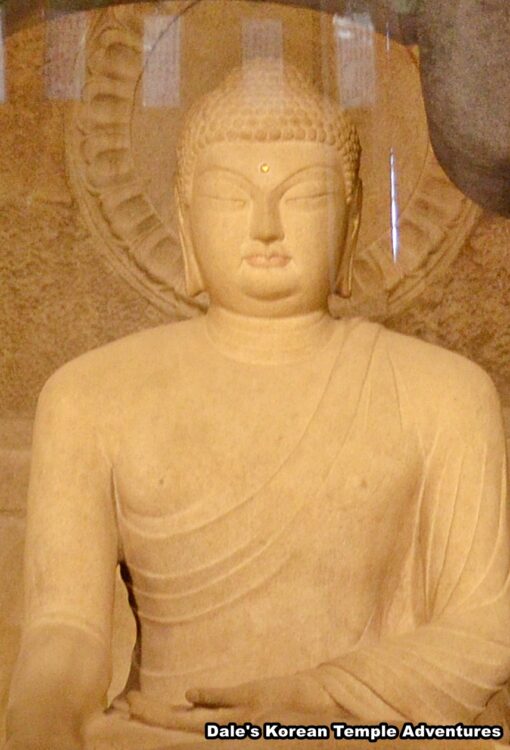
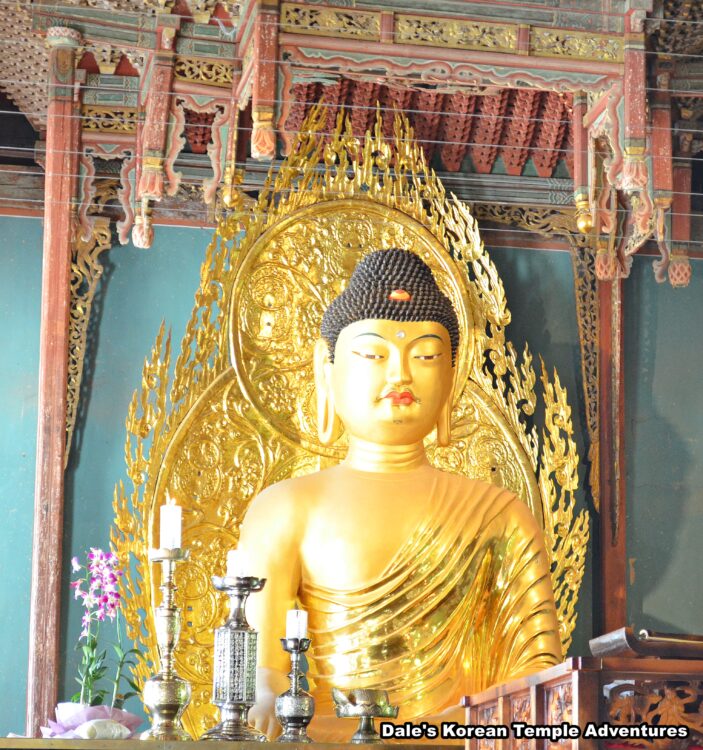
More specifically, in Korea, the light that shines forth from a Buddha or Bodhisattva is divided into two types of light. The first is known as “The Light from the Head,” and the second is known as “The Light from the Body.” Images that have a body mandorla will also surround the head in Korea, as well. However, this isn’t always the case with a head nimbus, as a head nimbus can stand alone adorning a Korean Buddhist statue or painting like the statue of Seokgamoni-bul inside the Seokguram Grotto in Gyeongju. If a statue or painting has a head nimbus, look at the tuft of hair between the eyebrows of the Buddha or Bodhisattva, as it’s believed that this is the most powerful ray of light that can emanate from a Buddha or Bodhisattva.
If a statue or painting of a Buddha or Bodhisattva has a full body mandorla, which encapsulates both the head and the body, this type of mandorla is referred to as a “Geosingwang – 거신광” in Korean. The shape of the mandorla can look like a flame that’s flaring up. If this is the case, this type of mandorla is called a “Bojuhyeong,” which means “precious gem type” in English. However, if the shape of the mandorla simply looks like the bow of a ship, it’s called a “Juhyeong” in Korean. This shape usually consists of an outer loop filled with a honeysuckle design or a Chinese grass design with a lotus flower design in the centre of the aforementioned winding vegetation.
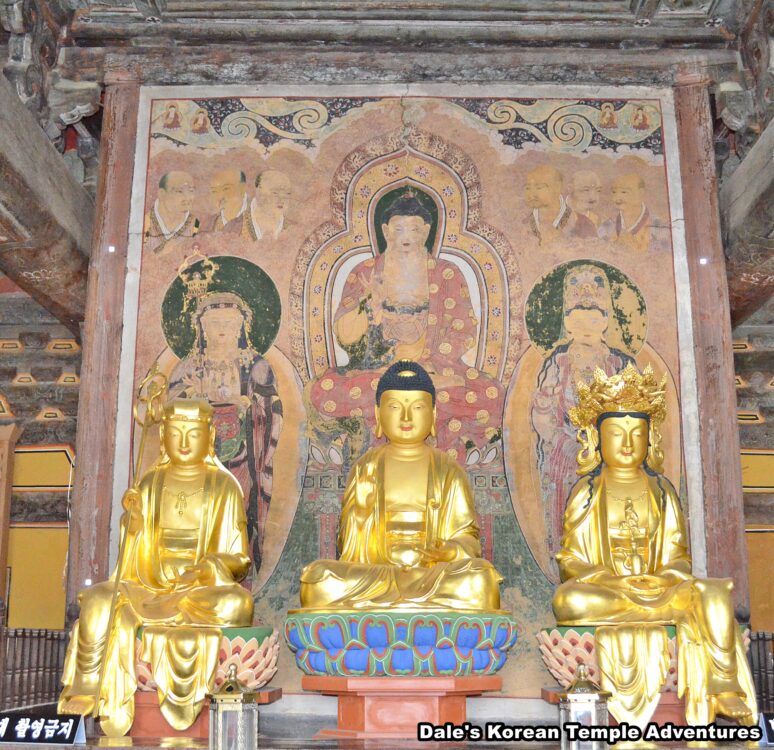
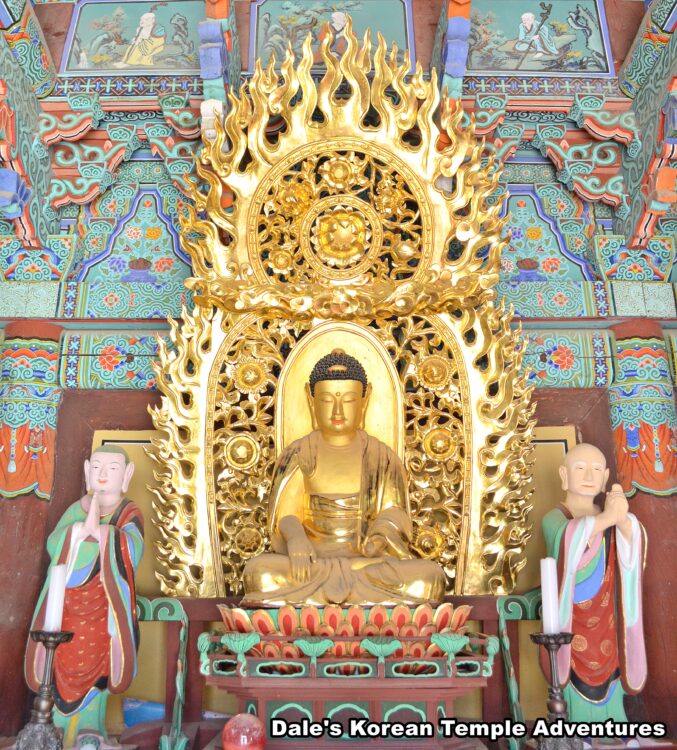
Gwangbae and Geosingwang Meaning
This form of nimbus and mandorla light is referenced in the “Lotus Sutra.” In this sutra, it is stated that a ray of light emitted from “…the tuft of white hair between his [the Buddha’s] eyebrows.” And from “The on the Visualization of the Buddha of Infinite Light,” the ray shining forth from the Buddha is the psychic energy of enlightenment. It’s also a mark of wisdom. This is number thirty-one of the thirty-two major marks on the Buddha’s body. This radiating mark of wisdom is known as an “auspicious ray.” It’s also known as the “mark of wisdom light.”
Furthermore, and according to Buddhism, this light that radiates from either the head or body of a Buddha or Bodhisattva is said to penetrate the darkness of delusion and falseness to help reveal the Truth. In Korean, “gwang” means physical light, which shines on its own. The Korean word “myeong,” on the other hand, is the illumination of objects by light. Brought together, and used in a Buddhist context, the word means a shining light that destroys all ignorance that helps reveal the dharma. Furthermore, this light breaks through delusion and false beliefs, while also relieving all sentient beings that suffer through Samsara. Ultimately, this light will lead individuals towards the path of liberation and freedom from Samsara.
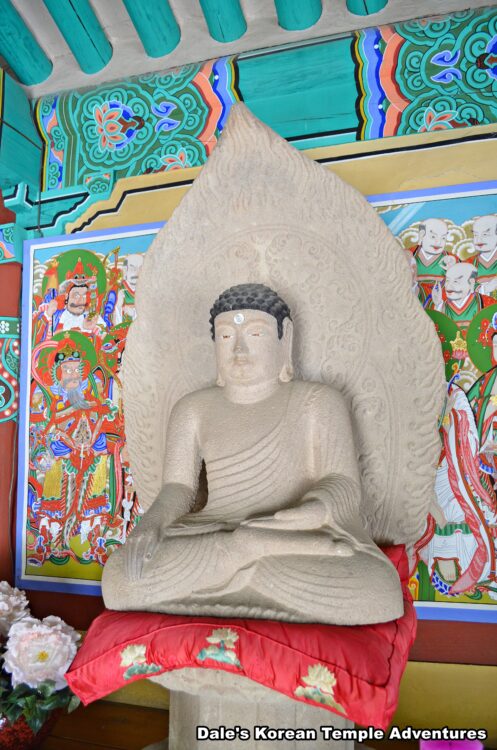
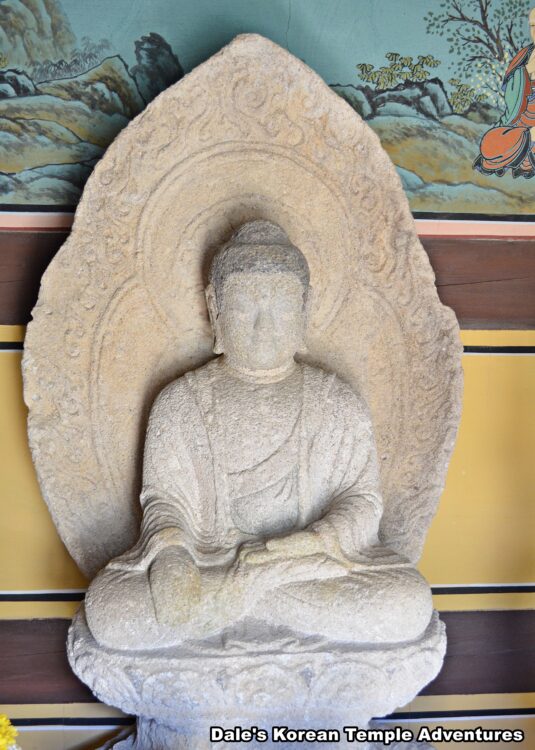
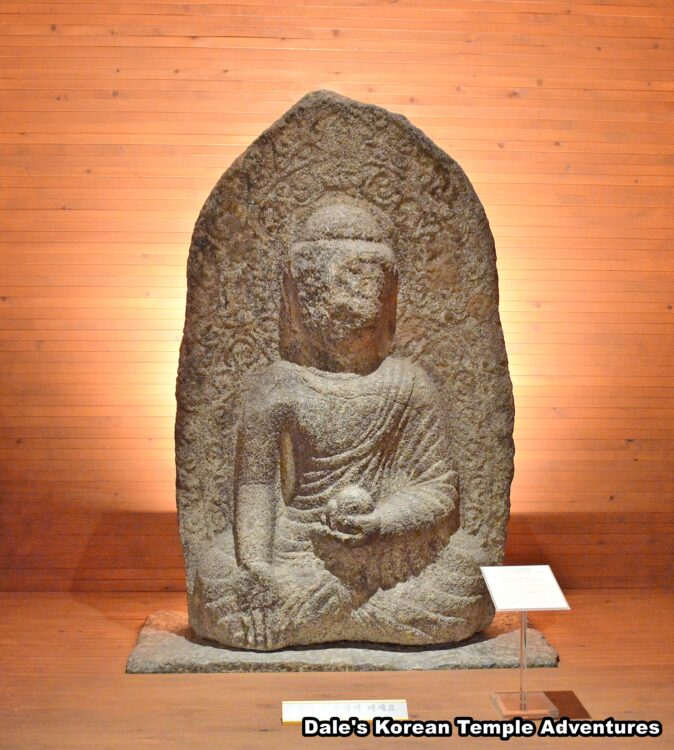
Examples
There are numerous wonderful examples of nimbus and mandorla adorning either Buddha or Bodhisattva statues or paintings throughout Korea. Here are just a few examples of these amazing artifacts: the Stone Seated Buddha in Mireukgok Valley of Namsan Mountain at Borisa Temple in Gyeongju, which is Korean Treasure #136; the statue of Seokgamoni-bul inside the Seokguram Grotto in Gyeongju. The Seokguram Grotto, statue included, is National Treasure #24. The Clay Seated Buddha of Buseoksa Temple in Yeongju, Gyeongsangbuk-do is National Treasure #45; the Mural Painting in Geungnakjeon Hall of Muwisa Temple is National Treasure #313; the statue of Seokgamoni-bul inside the Daejangjeon Hall of Geumsansa Temple in Gimje, Jeollabuk-do; the Stone Seated Buddha of Gounsa Temple in Uiseong, Gyeongsangbuk-do is Korean Treasure #246; the Stone Seated Buddha of Unmunsa Temple in Cheongdo, Gyeongsangbuk-do is Korean Treasure #317; The Stone Seated Bhaisajyaguru Buddha of Jikjisa Temple in Gimcheon, Gyeongsangbuk-do is Korean Treasure #319; the Stone Seated Buddhas in Bukji-ri, Yeongju, now located at Buseoksa Temple, is Korean Treasure #220-1; and the Stone Seated Buddha of Yonghwasa Temple in Yangsan, Gyeongsangnam-do is Korean Treasure #491.
